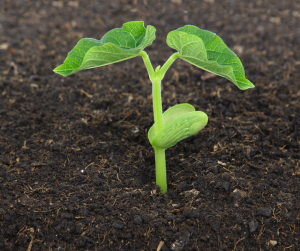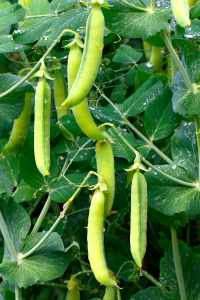Companion Planting

L.J.
Environmental Advocate
Companion Planting is the practice of growing plants together that naturally benefit each other. This approach offers many advantages: reducing pests, improving plant health, boosting growth, increasing crop yield, maximizing space, and enhancing flavour.
This guide includes affiliate links. I may earn a small commission if you buy through them — at no extra cost to you.
Contents
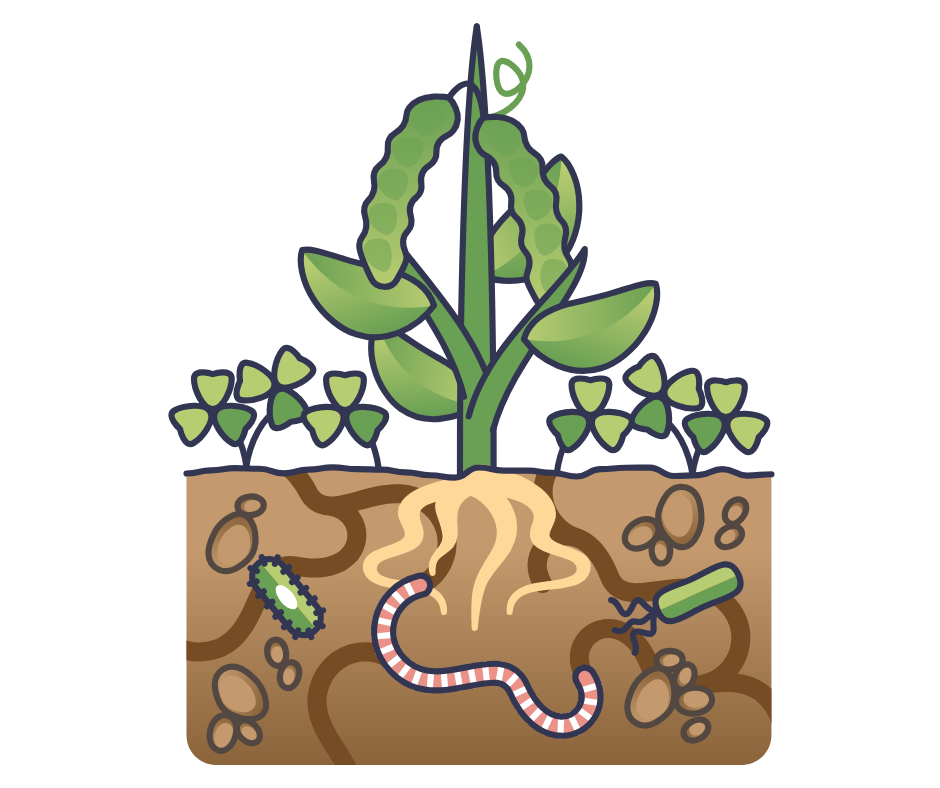
Plants & Their Ecosystem Interactions
Plants interact with the ecosystem in different ways, shaping the health and balance of their environment.
These interactions include:
- Pest & Disease interactions: some plants repel pests, act as trap crops or may attract beneficial insects.
- Plant – Pollinator interactions: flowers attract pollinators like bees, butterflies, moths and hoverflies, supporting reproduction and biodiversity.
- Plant – Plant Interactions: neighbouring plants can compete, cooperate or provide protection to each other.
- Nutrient Cycling: plants take up nutrients from the soil and release them on decomposition.
- Soil fertility and structure: root activity can improve soil structure, add organic matter and support healthy soil biota (all living organisms within the soil).
- Water Cycle Regulation: roots draw moisture from the soil, release water through transpiration from the leaves and reduce water loss from the soil.
- Habitat & Food: plants provide food and living spaces for wildlife, from insects to mammals.
- Carbon & Climate Regulation: plants capture carbon dioxide, store carbon and support regulation of climate patterns.
How Companion Planting Works
Companion planting makes use of some of these natural interactions to support healthier and more productive gardens.
- Planted together, certain combinations can be mutually beneficial — protecting plants from pests, providing shade and shelter, or enriching the soil.
- It can reduce the need for chemical pesticides or fertilisers – which is better for the environment.
- It allows you to make the most from your space, increase biodiversity, and can result in greater crop yield in the available area than without companion planting.
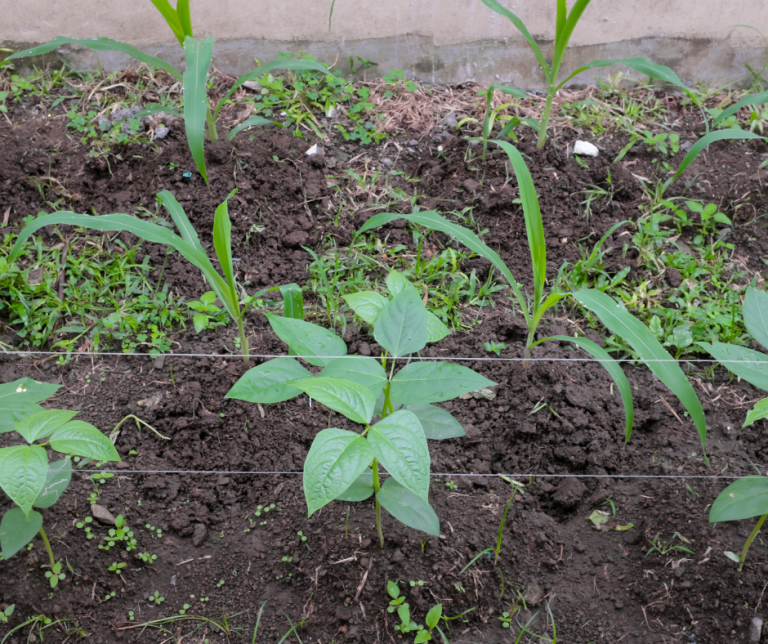
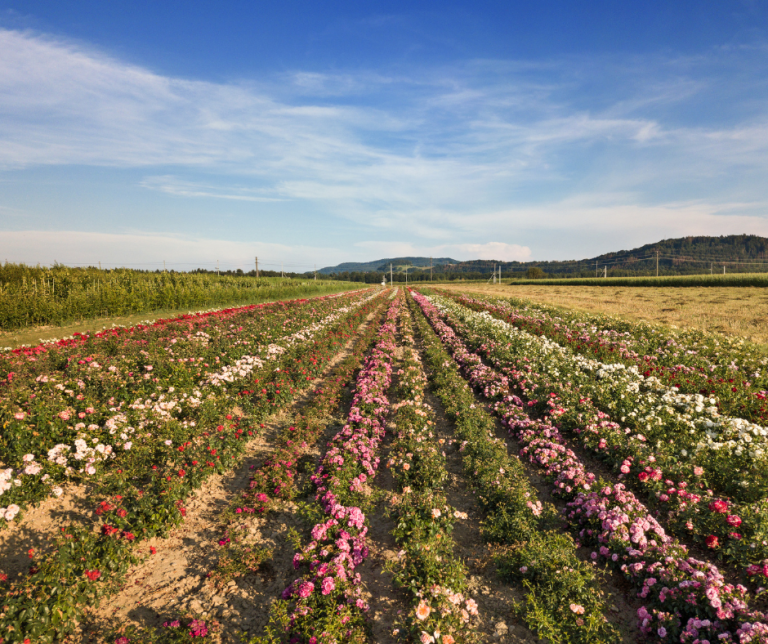
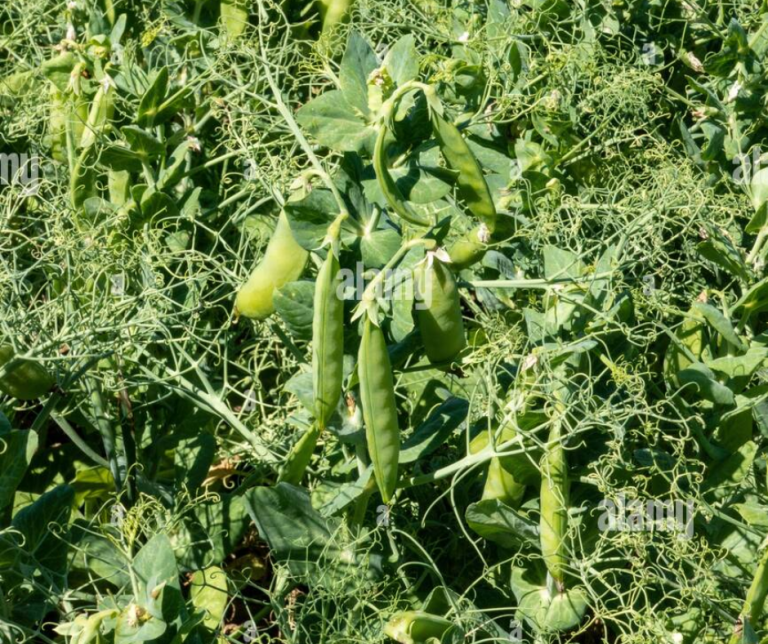
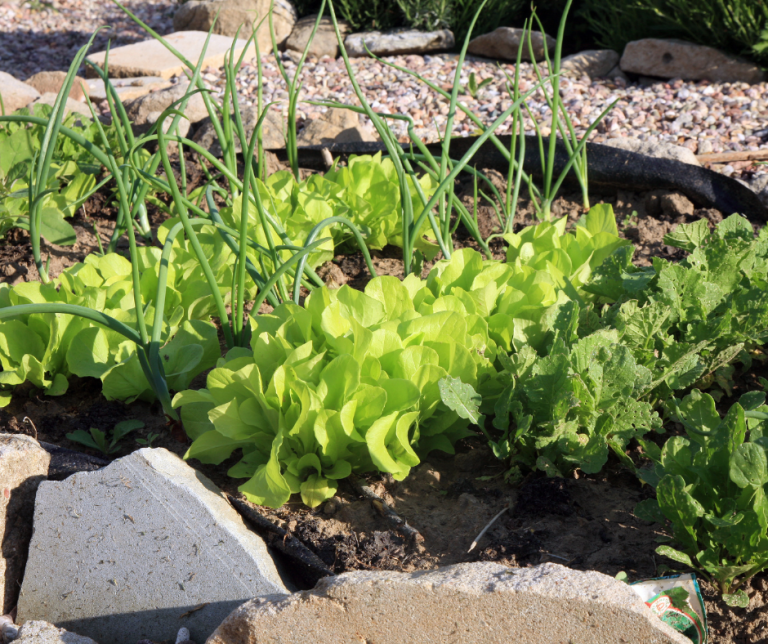
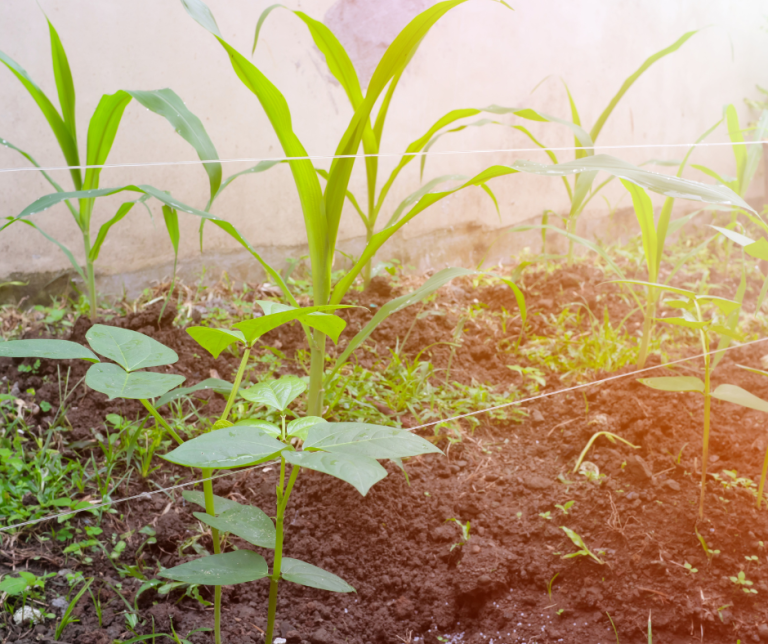
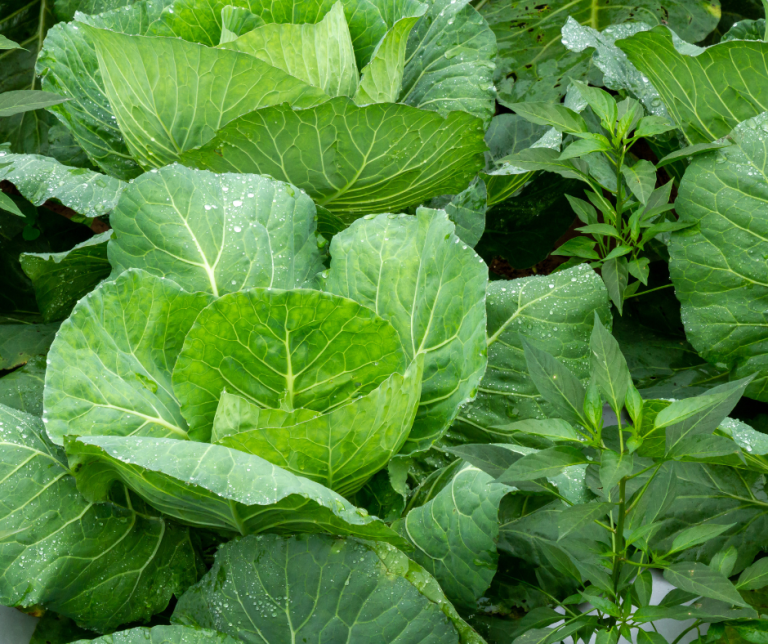
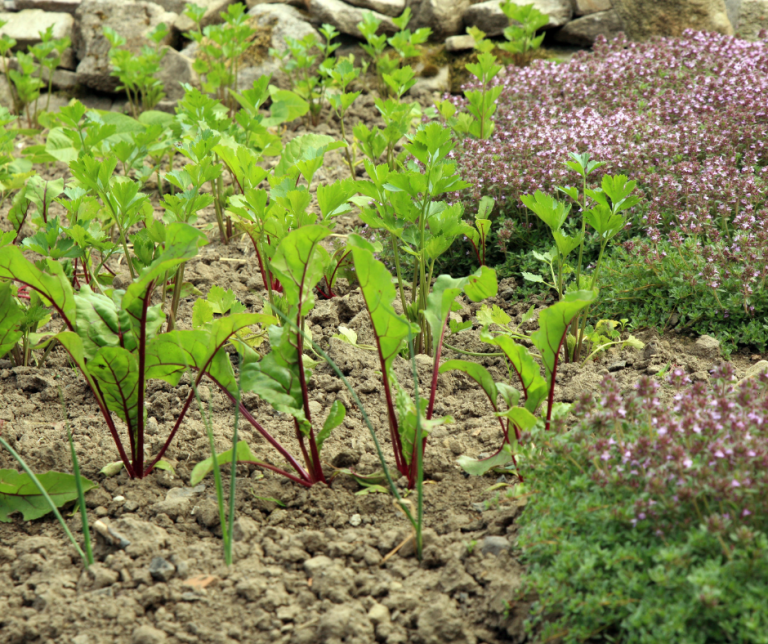
Natural Pest Control
Some plants can repel, confuse or distract pests that would damage their neighbouring plants or crops.
Companion planting means you can take advantage of this natural pest control rather than using chemical pesticides – which is not only better for the environment but will also save money!
Repel pest with scent:
Some plants actively produce strong scents or release chemicals to deter pests from them, causing the insects to simply avoid the area.
Companion planting can mean growing these alongside other plants which can help to protect them.
Example:
Most herbs have a strong scent that deters pests. As do Alliums (garlic, onions, leeks, chives).
French marigold (Tagetes) releases compounds that are toxic to soil nematodes – protecting other plant roots.
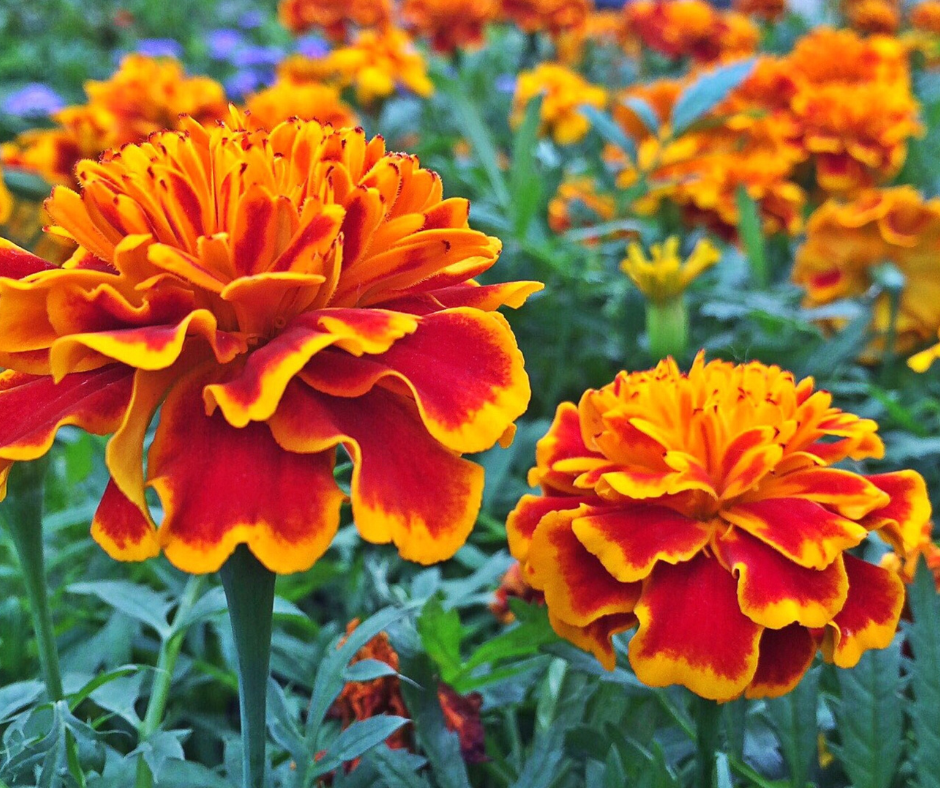
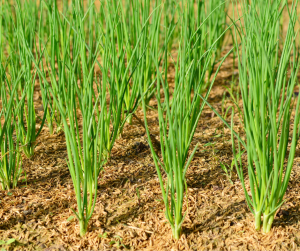
Some pests locate their target plants using scent.
Companion planting can mean the scents mix together making it difficult to locate the correct plant.
Example:
Planting carrots and Alliums (onions, garlic, leeks, chives) together protect both crops from pests. The mix of scents confuse carrot root fly, leek moth and onion fly.
Visual Camouflage
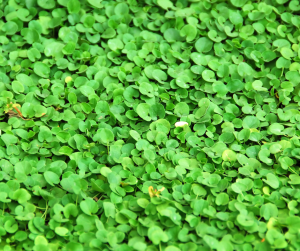
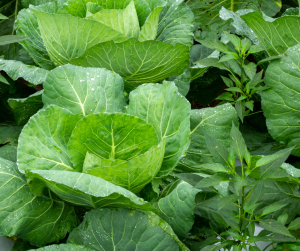
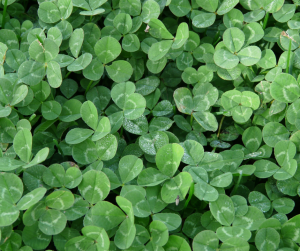
Pests that locate target plants visually:
Certain companions can camouflage crops, making them less visible to pests.
Example:
Planting ground cover of clover and trefoil can disguise the leaf shape of cabbage – cabbage root flies use leaf shape to identify their prey.
The leaves will be more noticeable on bare soil than over the ground cover plants.
Trap Crops
Trap crops (the sacrificial… plants):
Some plants can be used as the sacrificial lamb, luring pests to them and away from your crops.
Example:
Brassicas + Nasturtiums
Nasturtiums as sacrificial plants – Cabbage white butterflies will lay their eggs on Nasturtiums instead, keeping caterpillars away from Brassicas.
Lettuce + Radishes
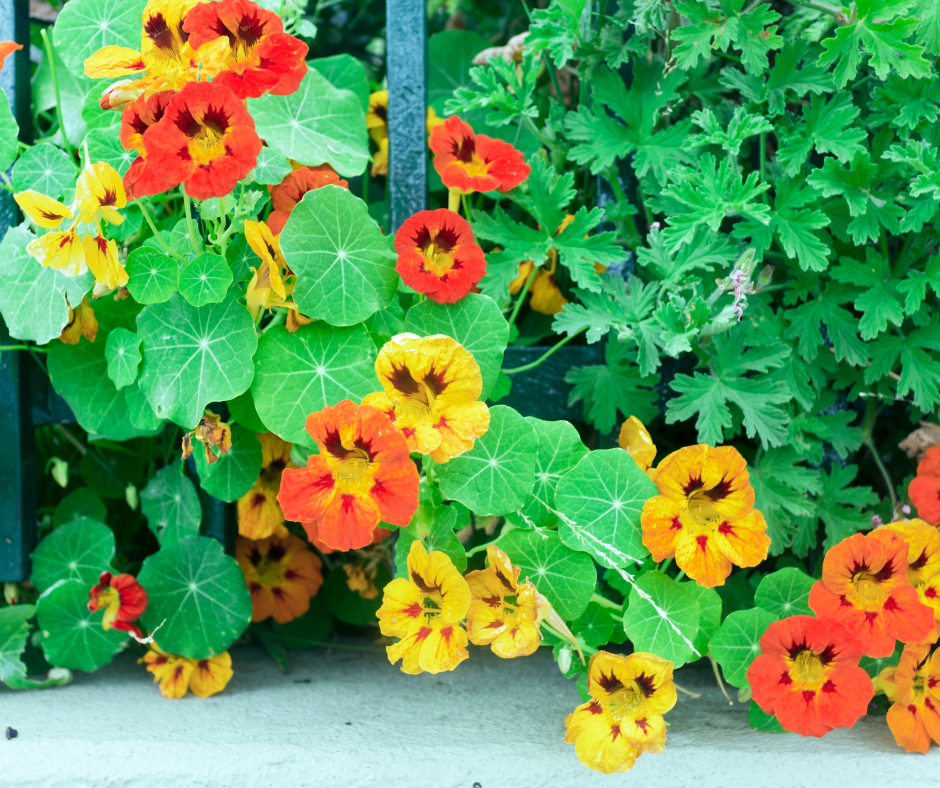
Attracting Natural Predators
Attracting natural predators:
Plants that attract natural predators, like birds that eat slugs, or hoverflies that not only eat aphids but are also key pollinators, into your garden which will act as pest control.
Example:
Calendula + Tomatoes: attracts hoverflies which eat aphids.
Dill and parsley(when left to flower) attract lacewings and parasitic wasps which eat pest insects. These can be added to veg gardens to be companion plants for most crops.
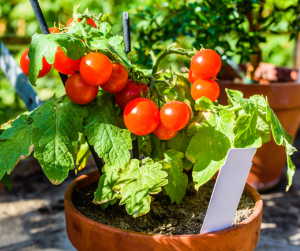
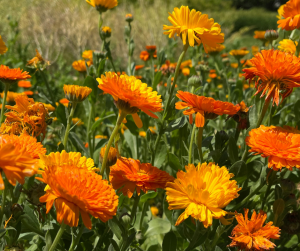
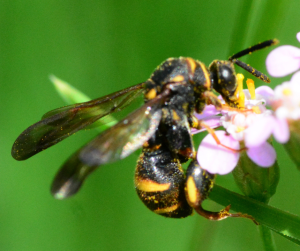
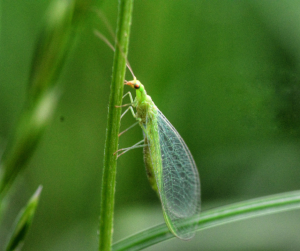
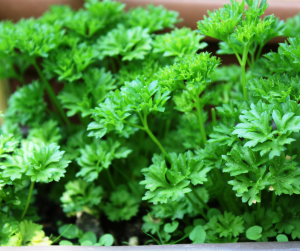
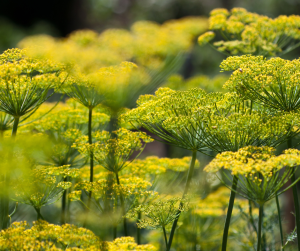
Maximising Garden Space
By making the most of the space you have available, you can harvest more crops by increasing yield per area.







Intercropping: Growing two or more crop species together in the same plot.
This can be done by planting fast-growing crops between rows of slow-growing crops.
Not only does this utilise the most of your available space, but it can also suppress weeds that would take up nutrients and water from the soil, block light from reaching your crops, and spread disease.
Example:
Fast-growing: lettuce, radish
Slow-growing: brussels, parsnips
Living plant supports: Sweetcorn stalks (or sunflower stems) can be used to support beans or peas as they climb.
Improve Soil Health
Using companion planting can reduce gardening costs, as you can enrich your soil naturally without the need for fertiliser.
Enriching Soil – Nutrient Cycling
Nitrogen Fixation
Dynamic Accumulators
Dynamic accumulator plants:
These are deep-rooted plants that draw minerals and nutrients from lower soil layers that accumulate in the plant tissues. These plants then need to be ‘chopped and dropped’ on soil surface as mulch – depositing the nutrients on the topsoil, enriching it for other shallow root plants.
Example:
Comfrey, Nettles, Borage, Chicory and Dandelionsmine nutrients such as potassium, calcium, silica, nitrogen and iron.

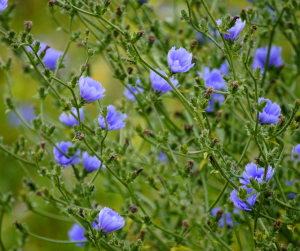
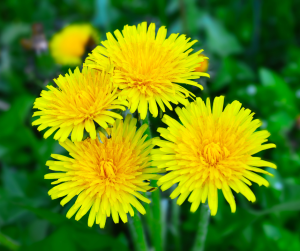
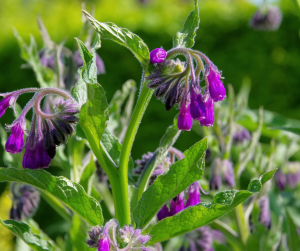
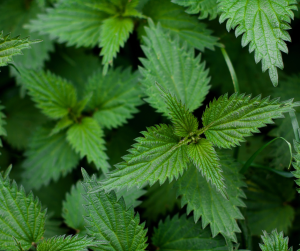
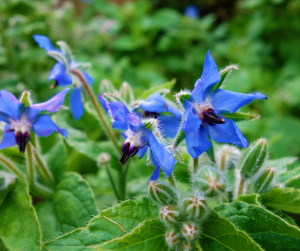
Green Manures
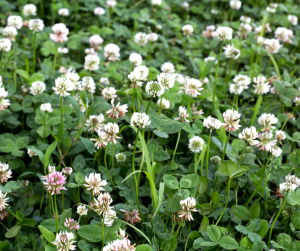

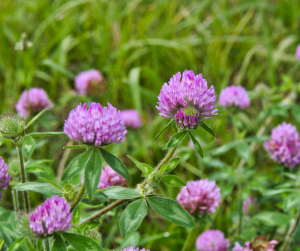

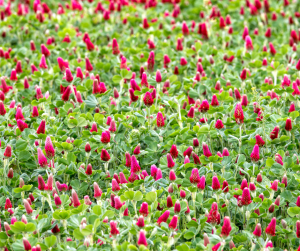
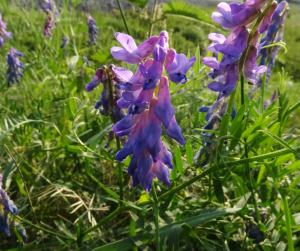
Green Manures:
Green manures are ground-cover crops that are specifically grown for soil improvement. Rather than growing for harvesting, these are cut and ploughed back into the soil to add organic matter and nutrients.
These crops improve soil fertility, structure, water retention, nutrient and microbe content.
Example:
Legumes:
Clover (white, red, crimson), Vetch (common, hairy), Field peas / broad beans & Lupins.
Non-Legumes:
Rye / Winter rye, Oats, Mustard / Oilseed Radish & Buckwheat
Dynamic accumulators and Green Manures are both valuable companion plants, grown specifically to improve soil quality and nutrient content.
Legumes are brilliant companions for plants that require lots of nitrogen – like sweetcorn, pumpkins or strawberries.
However, some plants (like Alliums or sunflowers) can inhibit legume growth, so they shouldn’t be planted as companions.
Improving Soil Structure
Soil Structure
Companion planting can improve soil structure by creating a diverse, multi-layered root system.
Plants with different root types occupy different soil layers, keeping the soil loose, crumbly, and full of beneficial organisms.
This diversity also reduces competition for water and nutrients, as roots explore different zones rather than competing at the same level.
Example:
Lettuce & radishes: Radishes loosen soil with taproots which can support the growth of shallow-rooted lettuce.

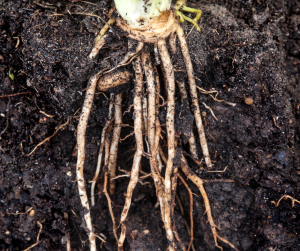
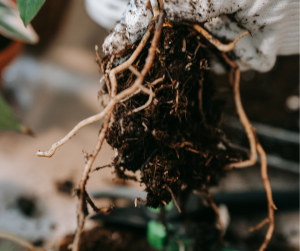
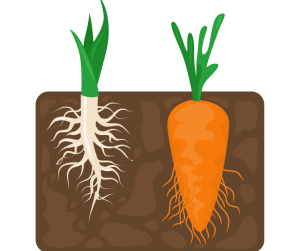
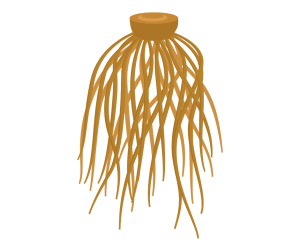




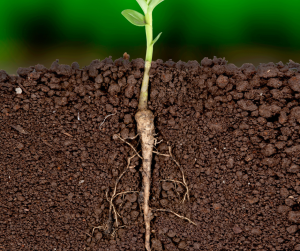
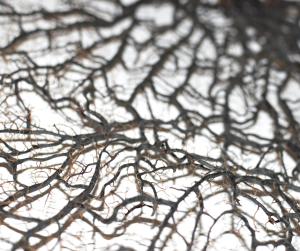
Different plants have different root systems:
- Deep taproots (e.g. carrots, comfrey & dandelions) –
break through compacted soil, improving aeration and drainage. - Fibrous roots (e.g. grasses, sweetcorn & clover) –
dense networks that hold soil together and prevent erosion. - Spreading root systems (e.g. pumpkins, nasturtiums & lettuce) – cover and protect soil surface – improving water retention.
Root diversity
Increased root diversity supports a wider range of beneficial soil biota – including microbes and mycorrhizal fungi.
Soil biota improve nutrient cycling and help bind soil particles into aggregates (stable soil crumbs) which are the hallmark of good soil structure. Aggregates create porosity, with space for air and water movement, improve root penetration, and support a healthy soil ecosystem.
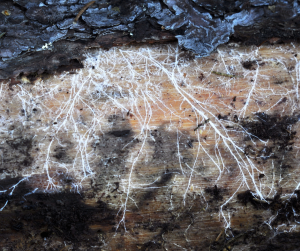
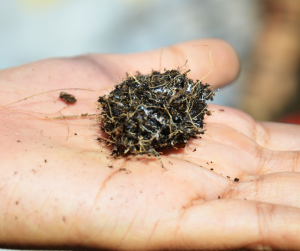
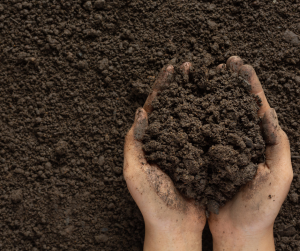
Supporting Pollinators



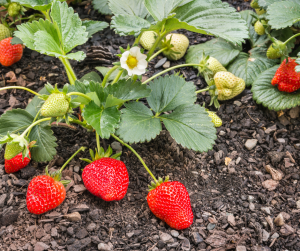
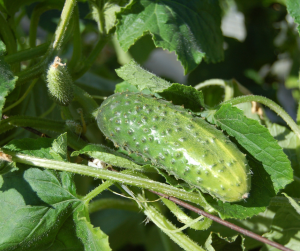
Flowers attract pollinators – growing floral plants near veg beds can increase pollination, boosting fruit and seed production.
- Genetic Diversity: pollinators encourage cross-pollination, which mixes genes between plants, leading to stronger and more resilient crops.
- Higher Yield: pollinator visits often increase crop yield per plant, allowing you to get the most out of your crops.
- Harvest Quality: pollinator-visited crops have better flavour, texture, and nutritional content.
Microclimate & Shade Benefits
Microclimates can be created within your garden by using tall plants to provide shaded areas.
Shade & Shelter:
Tall plants can provide shade and shelter for plants that need protection from full sun and wind.
These partially shaded conditions are ideal for crops that are prone to bolting in full sun.
Example:
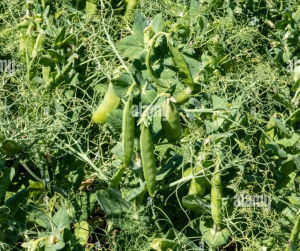
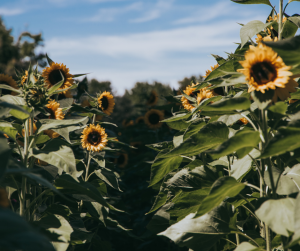
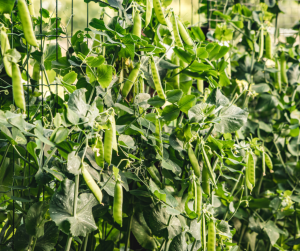
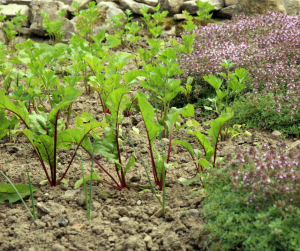
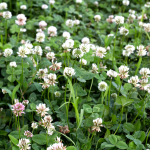
Ground Cover:
Adding ground cover to your beds can reduce the amount of watering your garden requires. Ground cover plants also suppress weeds, so you don’t need to spend time or money removing them.
Disease Reduction
Polycultures vs. Monocultures
Companion planting encourages polycultures rather than monocultures:
Mixed communities of plants are more resilient to pests and disease. In monocultures, pests can easily locate their preferred hosts, and diseases can spread rapidly across the entire crop.
In polycultures, pests have a harder time finding their ideal plants, and because different crops have different vulnerabilities, diseases are less likely to spread when susceptible plants are interspersed among others. As a result, more of the crop survives and thrives.
Monoculture
Polyculture
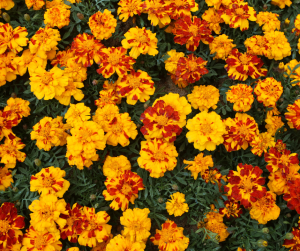

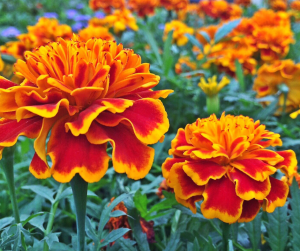
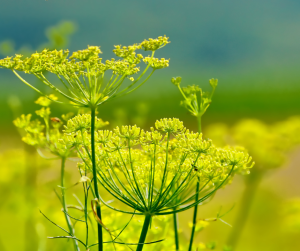
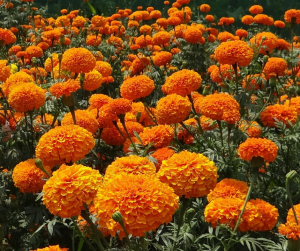
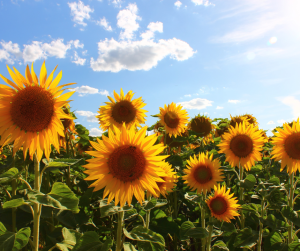
Allelopathy
Some plants release chemicals that inhibit growth of neighbouring plants. These chemicals are released by the roots or leaves that can disrupt or stunt the growth of competing plants. This allows the allelopathic plants to gain an advantage and outcompete their neighbours for nutrients, water, light and space.
Not all allelopathic plants affect all species – some only impact specific plant families.
This can be beneficial for controlling weeds and pests, but it requires awareness when planting near susceptible species.
Example:
French marigolds (Tagetes) release chemical compounds that suppress nematodes in the soil. These can be planted to protect the roots of other plants.
Sunflowers can inhibit the germination and sprouting of lettuce and wheat.
Leftover Brassica debris can inhibit growth of future crops.
Common Companion Plants
Below are some well documented plant combinations – ideal for beginners!
Mint
Mint
- Mint can help to deter aphids, ants, slugs and snails.
- Mint can act as a sacrificial plant to protect Brassicas from flea beetles and cabbage moths.
- Mint attracts bees, hoverflies, and beneficial wasps, boosting pollination of companion plants.
- Mint flowers produce abundant nectar and pollen, which is particularly valuable in late summer when other nectar sources are scarce.
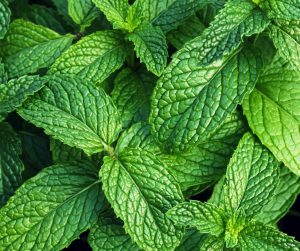
What to plant near mint?
- Brassicas – Cabbage, kale, cauliflower
- Onions
- Tomatoes
- Lettuce
- Roses
Always plant mint in pots or containers!
If not contained, mint will spread aggressively via underground runners and easily take over veg or flower beds.
French Marigolds

French Marigolds (tagetes)
- Release strong-smelling chemical compounds that repel nematodes, whitefly, aphids and other common pests.
- They can act as trap crop luring some pests away from nearby crops.
- Attracts pollinators and natural predators.
French Marigold seeds can be purchased here from JustSeed.com.
What to plant with marigolds?
- Tomatoes
- Peppers
- Brassicas
- Most plants…
The Three Sisters
The Three Sisters
A classic Native American companion planting combination of sweetcorn, beans and squash (pumpkin).
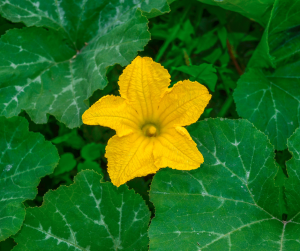

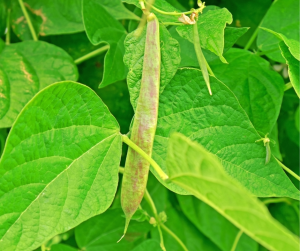
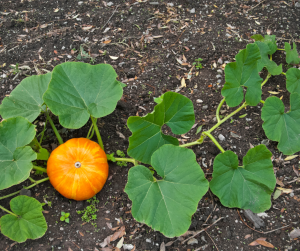

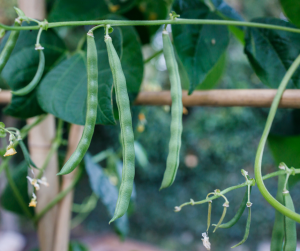
Tip from The RHS:
Try adding a fourth sister to the guild – Sunflowers.
Which provide additional support for beans, attract pollinators and seed heads can attract birds away from developing corn.
Sweetcorn
Provides:
- natural trellis for beans to climb.
- partial shade for squash.
Needs:
- very nitrogen-hungry, likes full sun.
Beans
Provides:
- fixing nitrogen in the soil (through symbiosis with nitrogen-fixing bacteria in root nodules) making it easily accessible for the other two companions.
Needs:
- support from corn stalks, moderate sunlight.
Squash/Pumpkin
Provides:
- ground cover spread across the soil – supressing weeds with its dense foliage,
- improves soil water retention – increasing humidity which supports pollination of beans,
- protects other companions from pests with its prickly leaves.
Needs:
- space to sprawl.
- partial shade, provided by taller companions.
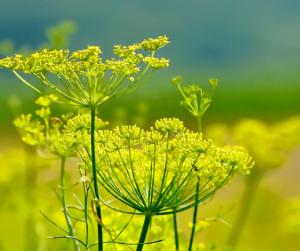
Bad Neighbours
On the other hand, this can have the opposite effect for some plants.
Some plants may compete with each other, leading to less successful crops, and some can directly inhibit the growth of their neighbours.
Below, we have added some known bad neighbours that should be avoided:
Onions + Beans/Peas – the onion stunts legume growth
Tomatoes + Potatoes – this combination results in blight in both crops.
Fennel releases chemicals that can slow the growth of neighbouring plants.

